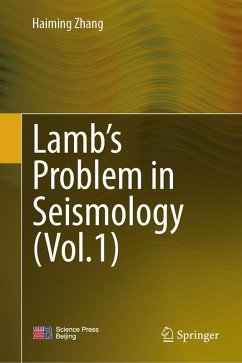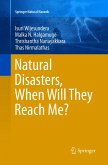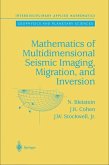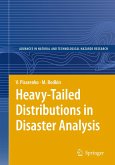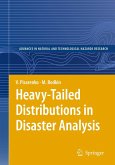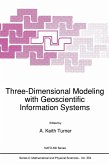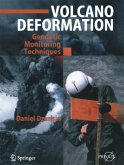This book, split into two volumes, centers on the classical Lamb's problem in seismology, offering a deep examination of the relative fundamental theories of seismology and two solutions to Lamb's problem. The first volume (Vol. 1), which delves into the theoretical background and one solution of Lamb's problem, progressively explaining the displacement representation theorem of elastodynamics, the source representation theorem, equivalent body forces, and seismic moment tensors, along with the issue of seismic waves in infinite media. It also reviews studies on Lamb's problem, providing a systematic introduction to its frequency-domain solutions and numerical implementations. The book meticulously and clearly articulates theories and methods, facilitating self-study. It is intended as a reference for senior undergraduate and graduate students in geophysics at universities, and also offers valuable insights for university faculty and researchers in related fields.
Bitte wählen Sie Ihr Anliegen aus.
Rechnungen
Retourenschein anfordern
Bestellstatus
Storno

